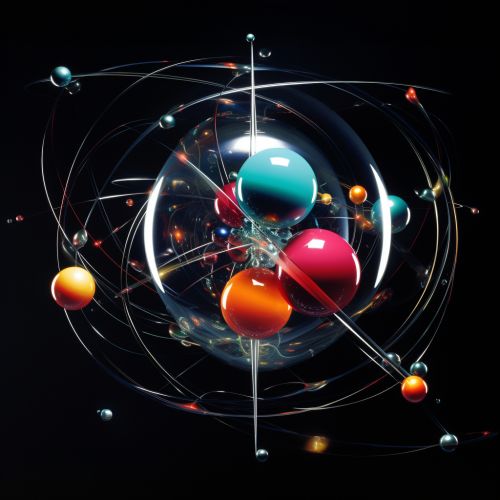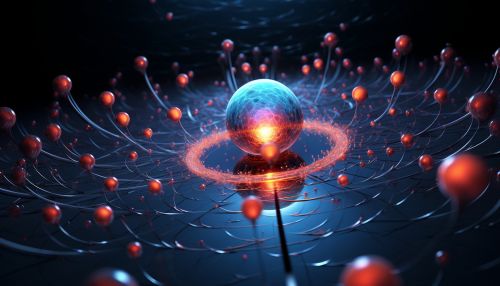Gluons
Introduction
Gluons are elementary particles that mediate the strong force between quarks, the fundamental constituents of protons and neutrons. They are the force carriers for the color charge that characterizes quarks, analogous to how photons are the force carriers for the electric charge in electromagnetism. Gluons are unique in that they themselves carry color charge and can therefore interact with each other directly, leading to the phenomenon of color confinement.


Properties of Gluons
Gluons are massless, like photons, and travel at the speed of light. They have a spin of 1, making them bosons. Unlike photons, which do not interact with each other, gluons do interact with each other due to their color charge. This is a key difference between the strong force and electromagnetism.
Color Charge
The concept of color charge in quantum chromodynamics (QCD) is analogous to the concept of electric charge in electromagnetism, but with three types of charge instead of one. These charges are arbitrarily labeled as red, green, and blue. Each quark carries one color charge, and each antiquark carries an anticolor charge (antired, antigreen, or antiblue). Gluons carry a combination of color and anticolor charge.
Gluon Field and Confinement
The gluon field is responsible for the strong force that binds quarks together. The strength of the gluon field increases with distance, leading to color confinement. This means that quarks are always found in combinations that result in a net color charge of zero, such as three quarks (one of each color) in a proton or neutron, or a quark and an antiquark (color and anticolor) in a meson.
Gluon Interactions
Gluons can interact with each other through the exchange of virtual quarks. This is a direct result of their color charge, and is not seen in other force carrier particles like photons or W and Z bosons. This interaction between gluons leads to the phenomenon of asymptotic freedom, where quarks behave as free particles at high energies.
Experimental Evidence
The existence of gluons was first postulated in the 1960s and 1970s, and indirect evidence for their existence was found in experiments at the Stanford Linear Accelerator Center (SLAC) and the European Organization for Nuclear Research (CERN). Direct evidence for gluons was found in three-jet events in electron-positron collisions at the Deutsches Elektronen-Synchrotron (DESY) in the 1970s and 1980s.
